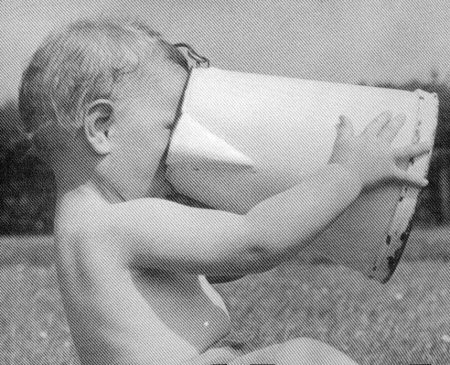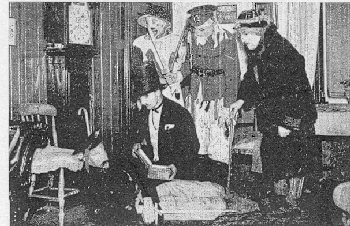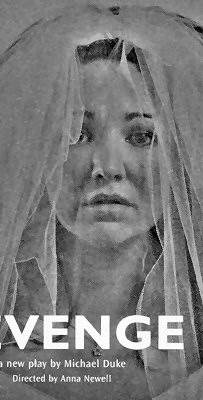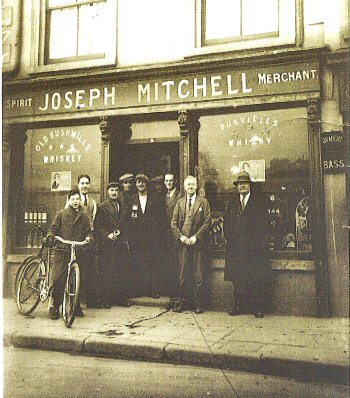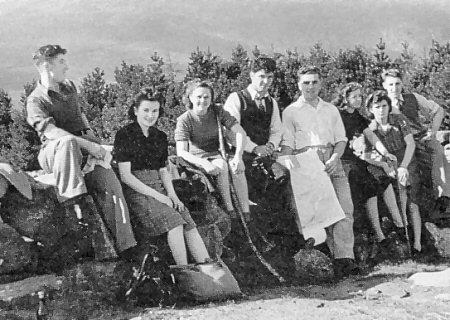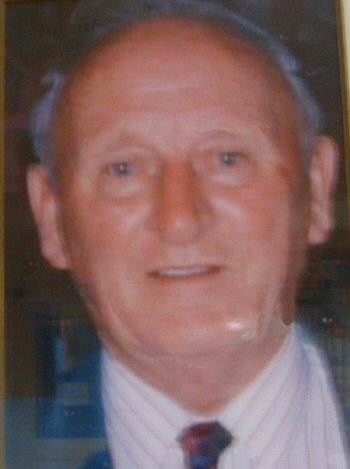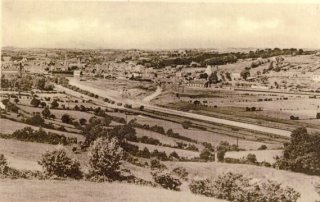I told you one tale of the cure for The Rose, or erysiphelas to give it its medical name – an ailment no doctor could cure! But that’s doesn’t stop me telling you another.
We were all sitting round the fire one winter’s evening when the latch of the door was lifted and a head all wrapped in bandages appeared in the lamplight.
‘Come on on on in,’ we called, and a man came in.
‘I was looking for Harry McElroys’, he explained.
‘I was just thinking as much,’ me mother said. ‘On yer head ye have it. God bless it.’
‘On me head it is’, he agreed.
Any person named McElroy was said to be able to cure it but few were willing – it was said to be unlucky. Harry had a practice the envy of any doctor. Our present visitor had come a long way on foot and we bade him sit down.
‘No matter what they tell ye, no doctor can cure The Rose’.
‘Indeed, not’, all agreed.
‘I remember a fella once trying his hand out with the doctor’, one of our visitors said.
He was a journeyman shoemaker and working at the time. He dropped the boot. He could never work and talk at the same time.
‘An’ he got cured?’ said another with contempt.
‘Oh, he got cured in the right oul’ style’, he added.
‘By the time that doctor was finished with him,
he wore the suit of dale boards!’
